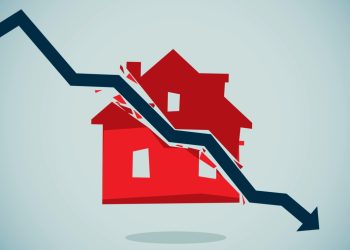Editor’s Note: The Playbook is an RISMedia weekly segment centering on what brokers and agents are doing to ensure they not only survive but thrive in these challenging times. Industry professionals explain the strategies they’re employing and unique ideas they’ve formulated. Tune in every Thursday for another addition to the series.
To Give or Not to Give: The Value of Closing Gifts
A standout closing gift won’t substitute for a good agent/client relationship, but a personal touch might be the key when it comes to repeat clients or potential referrals. Read more.
Business Tip of the Day provided by
Categories
The Most Important Real Estate News & Events
Click below to receive the latest real estate news and events directly to your inbox.
By signing up, you agree to our TOS and Privacy Policy.













